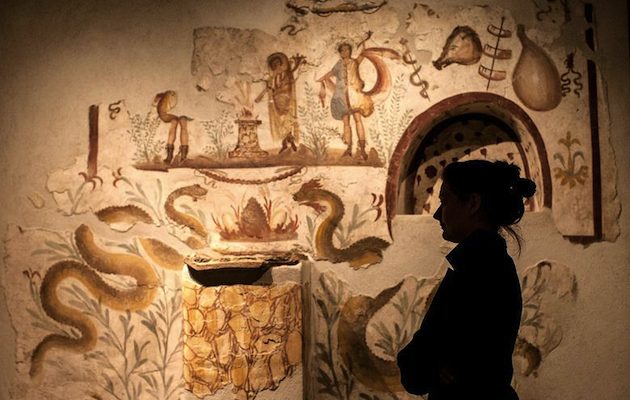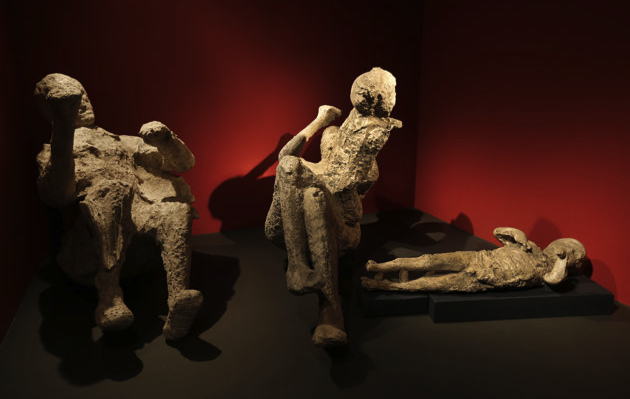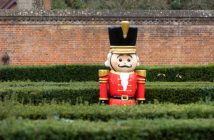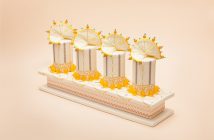A number of years ago I visited Pompeii, and as someone who has always had a fascination with all things Roman, it was a mixed experience. Nestling just underneath the volcano that wiped out the town 2,000 years ago, you couldn’t help but think about the violence of those devastating 24 hours, evidenced by the large bite taken out of the top of the mountain.

The devastation aside, what I really took from it as I wandered the streets, among restaurants and bars, shops, affluent and poor areas nestled together, was the sense that these people had lives remarkably like our own, and with real innovations for the limitations of the time. They didn’t have street lighting, for example, but instead laced the pavements with marble to reflect the moon and illuminate their way, not unlike floor-level emergency lighting on aircraft. You could send the builders in even now to replace the roofs, install electricity and the city would be liveable today. However, much as it was an unmissable experience walking those ancient streets, there was something missing, and it’s this that the Life and Death in Pompeii and Herculaneum exhibition currently at the British Museum manages to fill.
The set up is eloquent in its simplicity. They have taken a typical Roman house from the era, room by room, and filled it with artefacts that tell you the story of the people of both towns. From petty domestic disputes over property boundaries to the pressurised water they had in their houses, to more poignant findings, such as a carbonised baby’s crib. Frescoes, letters and wall paintings are all brought back to life to make sense of the living space of the ancient Romans in a way that simply didn’t feature when I was there.

As archaeologists uncovered the ruined towns they filled voids from the stricken bodies with plaster of Paris and it’s these ‘bodies’ that are brought to life in the context of the exhibition. They exist in Pompeii itself, but where in situ they are simply laid in one room, here there is an explanation of where and how each died, often with other artefacts to give context. In Pompeii they are statues; in this exhibition they are the very real people trapped in a tragedy beyond their comprehension. The final, powerful exhibit is of a young family frozen in the terrifying moment of their deaths as they were caught in a 400c pyroclastic surge from the volcano. The father has been thrown backwards his arms outstretched by the force of the blow, the mother is in a similar pose as her toddler scratches at the wall, and perhaps most poignantly is the baby in its cot – its facial features clearly evident in its final moments. Forgive the plot spoiler, but it is all the more powerful in that everything you have seen leading up to that moment breathes life and meaning into that family. It makes them human, almost modern, and then it strips it all away in a violent nihilistic moment.
I spent the entire day walking around Pompeii in wonder, but I learned more in those two hours I was in the British Museum. If you’ve even a passing interest in Roman history it’s worth a look. And if events 2,000 years ago sound like ancient history, Life and Death in Pompeii and Herculaneum is a fascinating and enriching experience and might just give you a unique insight into human sociology.
Life and Death in Pompeii and Herculaneum runs until 29th September 2013 at the British Museum, Great Russell Street, WC1B 3DG. For more information and to book tickets visit the website.



